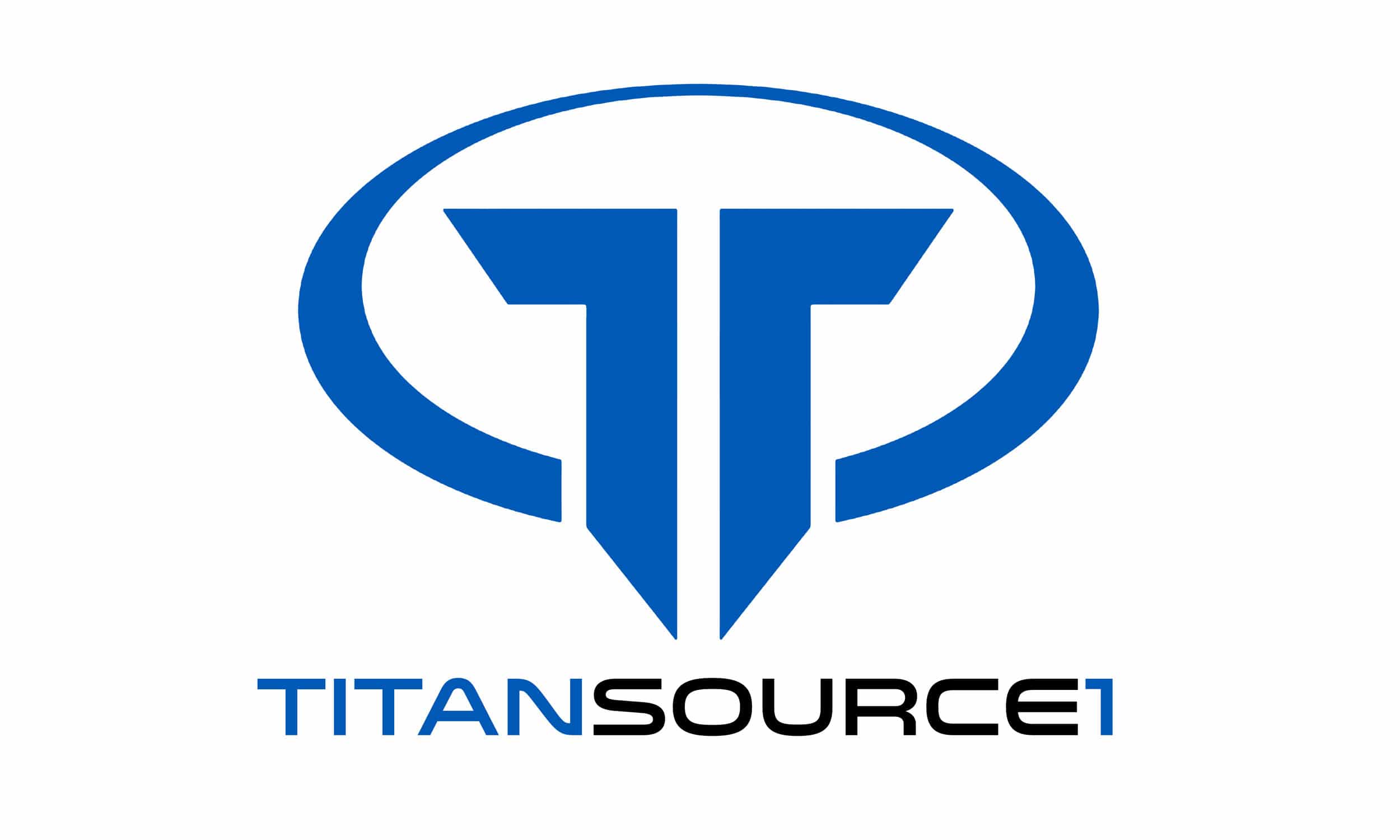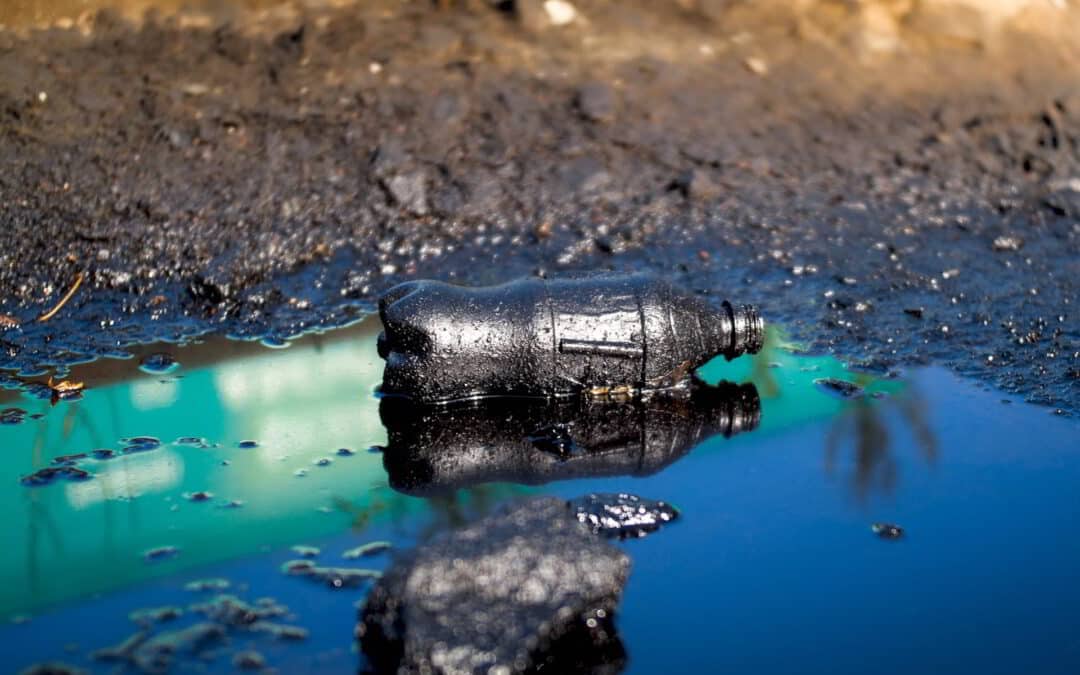The environmental catastrophe that follows an oil spill is a grim reminder of the delicate balance between industrial progress and environmental conservation. The cleanup process, often a race against time, is fraught with challenges and complexities. Traditional methods of oil spill cleanup, while necessary, often pose additional environmental risks, creating a paradox in the quest for a cleaner environment.
One of the most common cleanup methods involves the use of booms and skimmers. Booms are floating barriers designed to contain the oil, while skimmers remove the oil from the water’s surface. However, these methods are not only time-consuming but also often ineffective in rough seas or with very large spills. Moreover, the collected oil often ends up in landfills, posing a different set of environmental challenges.
Chemical dispersants, another commonly used tool, break down the oil into smaller droplets, making it easier for natural biodegradation to occur. Yet, the use of these chemicals is a double-edged sword. While they can help clear the oil from the water’s surface, they can also harm marine life and further pollute the water, leading to long-term ecological damage.
In-situ burning, a method that involves setting the oil on fire to remove it from the water’s surface, is another approach. However, this method releases harmful pollutants into the atmosphere and can only be used under specific weather conditions and with certain types of oil.
The Environmental Toll of Oil Spills
- Marine Life: Oil spills can have catastrophic effects on marine life, including fish, birds, and mammals.
- Ecosystems: Spills can disrupt the natural balance of marine ecosystems, leading to long-term damage.
- Human Health: The toxins released can contaminate water supplies and pose health risks to communities.
According to a Pew Research Center report, 74% of Americans say they prioritize protecting the environment, even if it causes slower economic growth and some job losses. This statistic underscores the urgency for more sustainable solutions to environmental crises like oil spills.
Traditional Methods of Oil Spill Cleanup
Booms and Skimmers
- Effectiveness: Useful in calm waters but often ineffective in rough seas or with large spills.
- Environmental Impact: The collected oil often ends up in landfills, posing another set of environmental challenges.
Chemical Dispersants
- Effectiveness: Breaks down oil into smaller droplets, aiding natural biodegradation.
- Environmental Impact: Can harm marine life and further pollute the water.
In-Situ Burning
- Effectiveness: Removes oil from the water’s surface by burning it.
- Environmental Impact: Releases harmful pollutants into the atmosphere.
The Double-Edged Sword of Traditional Methods
While these traditional methods are necessary, they often contribute to further environmental harm. For instance, chemical dispersants can lead to long-term ecological damage, as they not only break down oil but also harm marine life.
Introducing TS MaxClean™: A Revolutionary Solution
TS MaxClean™ promises an environmentally safe solution to oil spill cleanups. Here’s how it works:
- Conversion: Converts any hydrocarbon, including oil, on contact into a non-hazardous substance.
- Environmental Impact: The resulting sand is safe and non-toxic, eliminating the need for further disposal.
- Effectiveness: Offers a solution that is not only effective in removing oil but also minimizes additional environmental harm.
These traditional methods, while necessary in the face of an oil spill, often contribute to further environmental harm. However, a new era of oil spill cleanup may be on the horizon with the introduction of TS MaxClean™ by Titan Source 1.
TS MaxClean™ is a revolutionary product that promises an environmentally safe solution to oil spill cleanups. It works by converting any hydrocarbon, including oil, on contact into non-hazardous sand. This process not only removes the oil from the environment but also eliminates the need for further disposal, as the resulting sand is safe and non-toxic.
The introduction of TS MaxClean™ could mark a significant turning point in the way we approach oil spill cleanups. It offers a solution that is not only effective in removing oil but also minimizes additional environmental harm. As we continue to navigate the complexities of oil spill cleanups, it is innovations like TS MaxClean™ that provide hope for a more sustainable future.
Why TS MaxClean™ Could Be a Game-Changer
- Sustainability: Aligns with the growing public demand for environmentally sustainable solutions.
- Efficiency: Speeds up the cleanup process without compromising environmental safety.
- Innovation: Represents a significant technological advancement in the field of environmental conservation.
A New Era in Oil Spill Cleanup
The introduction of TS MaxClean™ could mark a significant turning point in the way we approach oil spill cleanups. It offers a solution that is not only effective but also minimizes additional environmental harm. As we continue to navigate the complexities of oil spill cleanups, it is innovations like TS MaxClean™ that provide hope for a more sustainable future.
By adopting more sustainable methods like TS MaxClean™, we can align industrial progress with environmental conservation, fulfilling the public’s growing demand for responsible stewardship of our planet.

